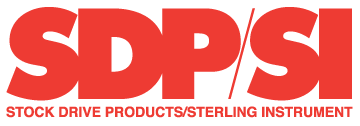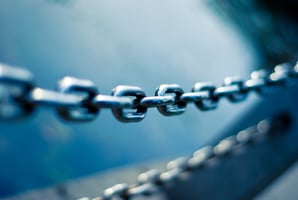In the high-pressure world of product development, every design decision carries weight. For...
Catalysts and Hindrances to Productivity and Creativity
Creativity is a skill most people have instinctually. We “practice” it” daily, whether consciously or purposefully. As we reflect on our accomplishments at work, for example, we find that to be a source of motivation. In fact, Kaizen, or “continuous improvement,” has as its central tenant an innate and unlimited ability to innovate and create. Here we will look at some catalysts for creativity and some hindrances as well.
Catalysts and hindrances can be both be tangible and intangible. One of the most effective catalysts is healthy competition, especially when there is an incentive beyond “pride of accomplishment.” Competition drives people to be their best. If a work environment uses competition regularly, the competitive pressure will decrease and the inner desire to create and produce will flourish. A second means of facilitating creativity is through participatory exercises. Things like design challenges, constructing prototypes, peer review, and rehearsals convey to everyone this this is a team effort, which can encourage resource pooling.
An organization that has become a self-generating homogeneous group provides the basis for employees to give their best daily. At times an organization needs a coach to bring about this change. However, coaching includes more than external consultants. Coaching also should be a skill set rooted deeply within the culture of the organization. Every member of the team should develop and practice it to propagate innovation and creativity at work. One thing that can instill coaching is in-house social networks. Formalized alliances promote easier and faster testing, experimentation, and decision-making-making, which may result in “think labs.” The reach of networking, of course, extends to popular social media outlets like Twitter and Facebook. Interestingly, experimentation can begin with the way a team decides to approach to the project. Activities, role-plays and other options to manage through the project knit participants together at the outset. Experimentation gives license to people and organizations to innovate. Studies have shown that innovative companies have a much lower attrition rate.
The work environment is important, too. Proximity to nature and green spaces for solitude enhance creativity and productivity and promote meditation to manage stress, depression, and anxiety. Those who practice meditation are happier and calmer than their counterparts at the workplace. Finally, the notion of diversity should include diversity in point of view. This is important when the opinion of experts such as accountants and lawyers, for example, is necessary.
We must rope in at times a stand-up comedian, a lawyer or an artist to discuss key issues at the workplace. It has to be someone who can look at the issue from an alternate frame. This will foster innovation and creativity at work. Diversity is not about interacting with a heterogeneous crowd; it’s also is also about a diverse perspectives of morality, educational proclivity, interests, and skills.
Conversely, among the most significant inhibitors of creativity and productivity is stress. Essentially, stress hijacks the brain function, causing us to revert to habitual responses. Stress hormones act to impede or stymie learning, memory, attention span, and the ability to focus. When we’re put on the spot and need to respond to something when we are distracted by stress in our lives, our mind reacts defensively and leads us to default to learned responses that can be inappropriate or, at least, benign depending on the circumstances. Obviously, we can’t eliminate stress from our lives completely, but we can learn to deal with it effectively.
A positive brain is a more creative brain. Thus, when we do something that makes us happy like, getting away for the weekend, walking in the woods, taking up a hobby, or spending time with a pet, stress levels tend to subside. Stress-relieving practices like yoga, tai chi, art therapy, counseling, sports, dancing, meditation and journaling also have a significant impact when practiced daily. Other hindrances include feeling overwhelmed, fear of failure, laziness (unwillingness to put in the time and effort necessary to the task), poor work culture, negativity, and keeping your work to yourself.
With some research and understanding of how we can stimulate creativity and productivity, and awareness and game plan for overcoming the known inhibitors of creativity and productivity, people will give their best effort.
Be more creative, download our E-Book and explore the tools and practices needed for improving your creativity.



